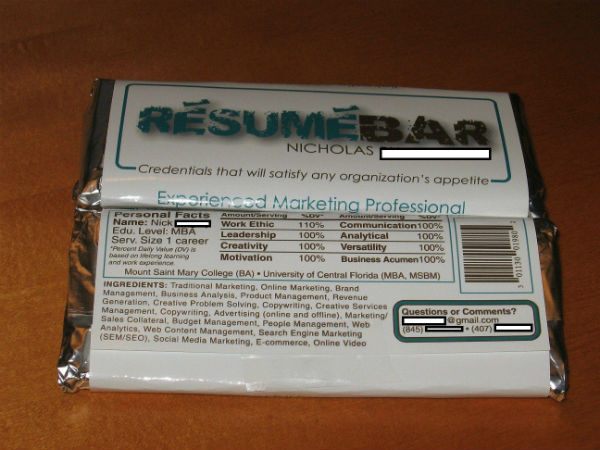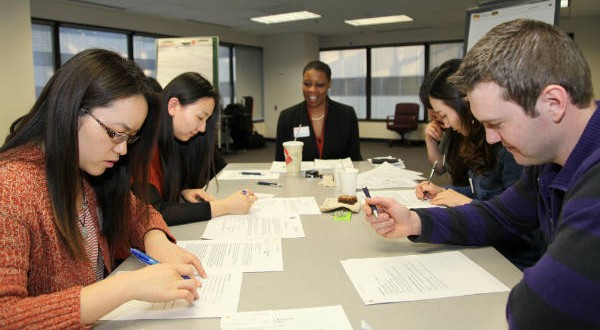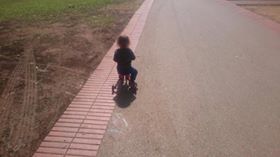In my former job, I was in charge of running a big internship program that placed college students in a variety of internships throughout the country. The internships were in a range of positions ranging from mechanical engineering, to programming, educational positions and even working in governmental offices.
I quickly learned how to understand each student, their internship needs and their desires. I also skimmed though dozens of applicant’s resumes every day and spotted each mistake present in their resume. They were lucky – I had them fix their resumes long before sending them out to companies for internship positions.
Below are the three most prevalent mistakes I saw – completely avoidable and easy to fix!
1) Spelling and grammar mistakes

We’re all guilty of the occasional typos and mistakes in grammar and syntax in documents. They’re usually excusable, but that’s not the case in your resume. Your resume is the very first impression you give to a company. If they’re anything like me, they will spot your spelling mistake upon the first scan of your resume and consider you to be a non-detailed minded individual.
AVOID this mistake:
First, use a spellchecker and grammar checker like Grammarly, which will find most if not all the mistakes in your resume. Then, give yourself a day between typing your resume and re-reading it. You’ll see things in a new, fresh perspective and spot typos and mistakes. (Personally, I do this many times until I’m happy with how my resume reads). Then, have it edited by someone who has a great grasp on writing or editing. They will perfect the resume for you by editing out mistakes and re-wording anything necessary.
2)Boring format = boring resume

You know the expression “Don’t judge a book by its cover?” Well, resumes are certainly judged by their appearance. If you send a boring word document that lists out irrelevant information in a disorganized way, the person viewing it will not be drawn to you as a candidate. No need to go overboard with the design, but make sure it at least looks neat, organized and professional.
Consider an example: I once had a graphic design student send me a horrendous looking, drab resume. What graphic design agency will be open to taking an intern who can’t even make her resume look attractive? I had her re-work it and use her design skills on her resume. It came back as a stunning piece of artwork that spoke wonders on her skills. Agencies fought for her!
AVOID this mistake:
Find online templates for your resume that work with the type of internship you are seeking. I will usually Google “resume templates” or “CV templates” and download Microsoft Word docs that look professional and clean. Make sure you have headers (i.e. work experience, educational background, etc.) Once I’m done, I’ll save it as a pdf, rather than send it as a Word Document.
3) Name your document appropriately
Nothing bothered me more in my previous job than getting resume attachments from students who didn’t clearly point out that the document was their resume. Instead, they had names like “Resume.docx” or “Document2941-9.docx”.
Don’t do this! The person in charge of interns is getting many resumes a day and your resume will get lost among the pile.
Avoid this mistake:
Name your resume and cover letter appropriately. i.e. “Ronnie Epstein – Resume.docx”. It’s a simple edit that will avoid so much disorganization and headache on the other end. No one wants to spend their time searching through emails for your attachments.
What other resume mistakes have you made or seen?
 All The Frugal Ladies Personal finance with a feminine touch
All The Frugal Ladies Personal finance with a feminine touch









